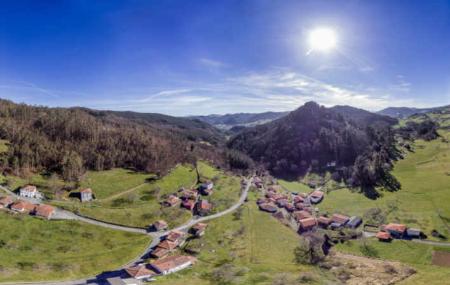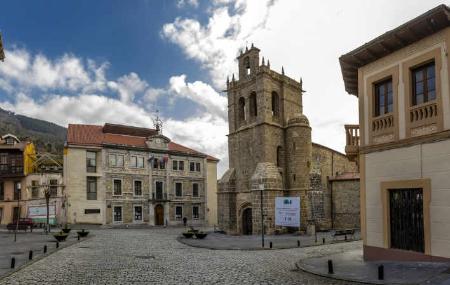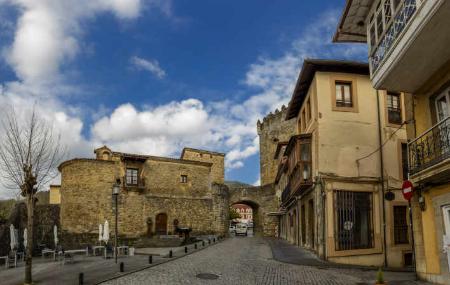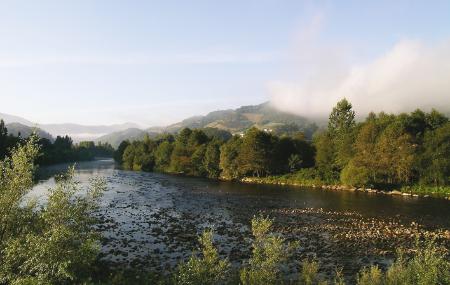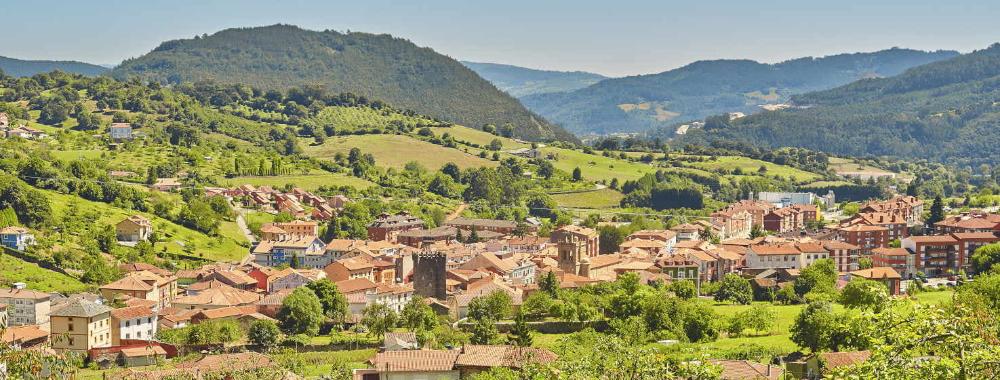
Rooms
- Capital Capital: Rooms
- Region: Vaqueira Region
- Contact Information
- Phone Phone: 985 830 988
- Email Email: turismo@ayto-salas.es
- Site: Visit
- Street map: Download (PDF, 2531 KB)
Images
Info
Salas, a stage on the Primitive Pilgrim's Way to Santiago de Compostela, a crossroads, a land of salmon, those found in the Esva and Narcea rivers. Its capital, Salas, is one of the best preserved medieval towns in Asturias, where you can still breathe the air of that time that gave birth to characters such as Fernando de Valdés Salas, Inquisitor and Founder of the University of Oviedo. Of the capital city, the Colegiata de Sta María La Mayor ( 16th century) stands out. Inside is the Mausoleum of D. Fernando Valdés-Salas. The 14th century Medieval Tower houses the Pre-Romanesque Museum of San Martín with its valuable collection of pieces and 10th century epigraphic tombstones from the Church of San Martín. Attached to the tower is the 16th century Valdés-Salas Palace. The famous sweets known as "Carajitos del Profesor", its "afuega'l pitu" cheeses and its garden produce are highly coveted.
Salas has emblematic villages such as Cornellana, the salmon farming capital of Asturias and a strategic point on the Way of St. James, where the 11th century Cistercian Monastery of San Salvador is located, a National Historic and Artistic Monument that belonged to the Cluny order. Not forgetting another medieval fortress in the area, such as the Tower of the Palace of Coruguedo in Doriga, 14th-16th century. The church of San Esteban de Las Dorigas, with interesting Romanesque paintings. Malleza, known as "Little Havana" and Mallecina, where you can see an extraordinary group of houses of Indian architecture, very well preserved. Láneo, a beautiful village located on the banks of the Narcea River; it has a magnificent collection of granaries, bread baskets and palatial houses; today there are still two tobacco drying sheds, as tobacco plants were cultivated in the parish until the 1990s. The "brañas vaqueiras" of Salas stand out for their spectacular surroundings and the simplicity of their constructions, blending perfectly into the landscape. Cerezal, Gallinero de Arniz, Vegacebrón and Faedo in the north; Las Gallinas, Buscabrero, Brañaivente, uninhabited, Brañasivil in the west. El Pevidal and Buspol, in the south, are the most significant brañas among others in the council.
Population: 5,549 inhabitants.
Surface area: 227,11 km2
Weekly market: Tuesday
What to see
- Salas, medieval, legendary and Jacobean land.
- Yew tree of Salas.
- Path of the Salmon.
- Malleza and Mallecina (Indian architecture). Route of the Indianos.
How to get here
First Name: Rooms
GPS: 43.4093046,-6.2621567
Capital: Rooms

